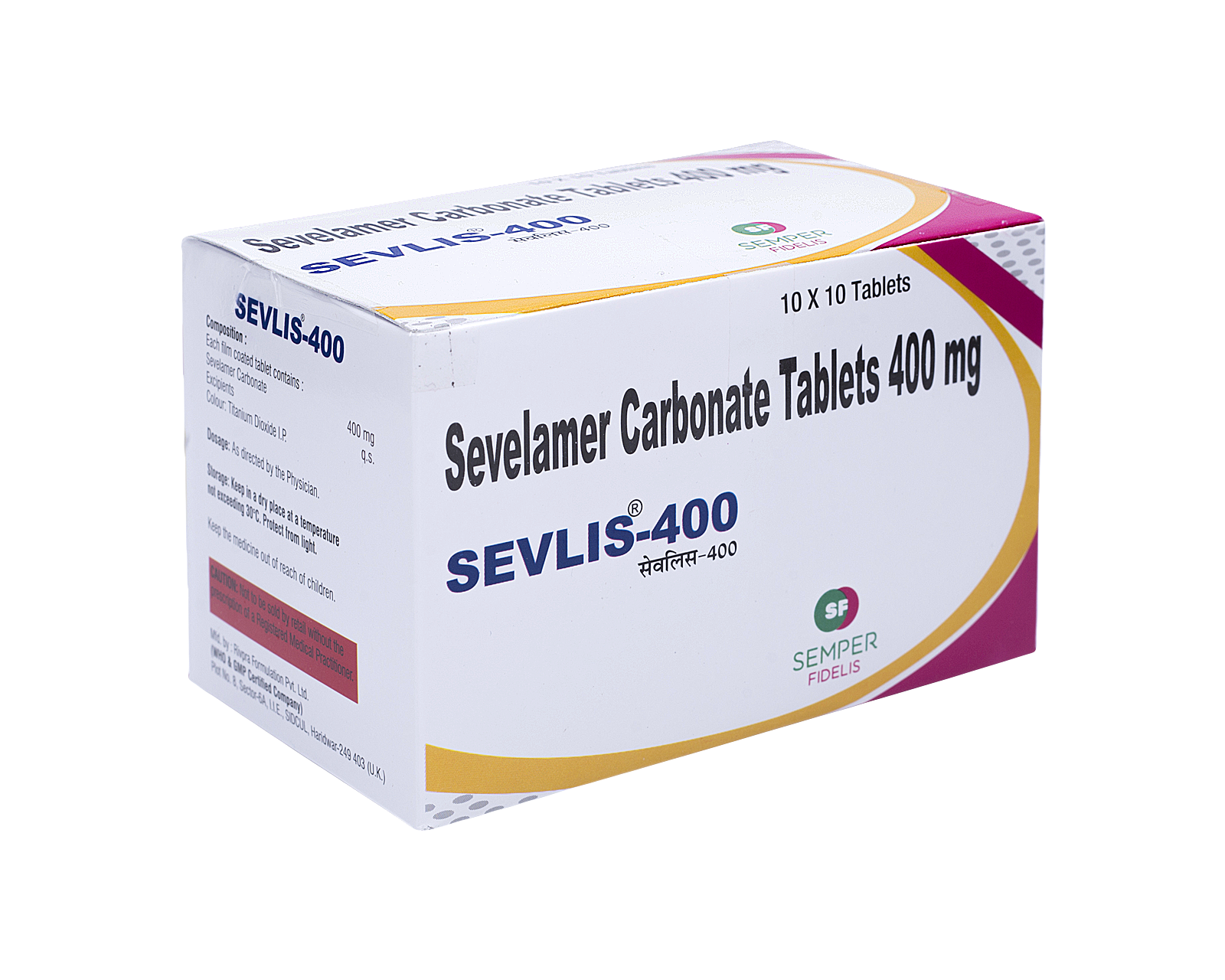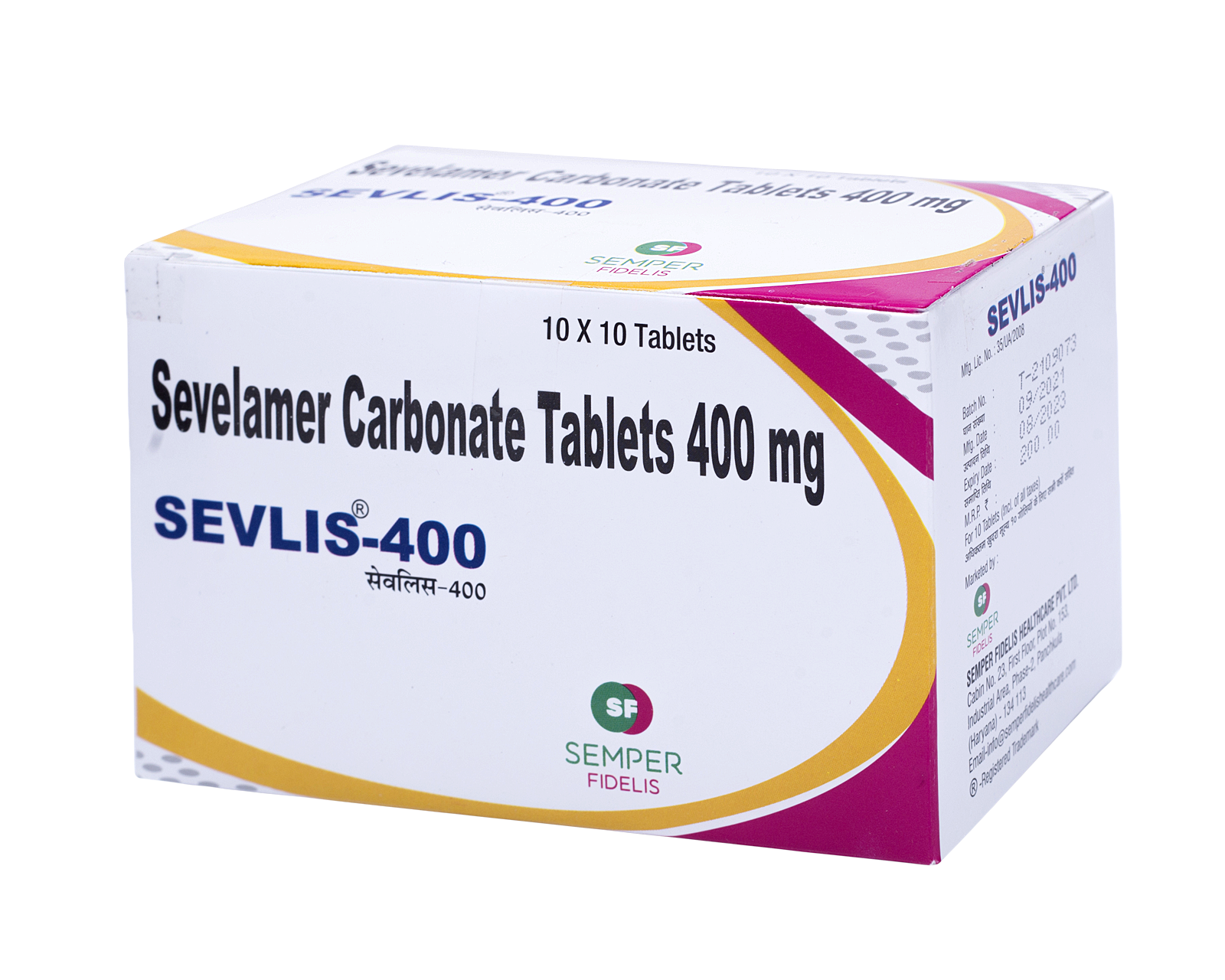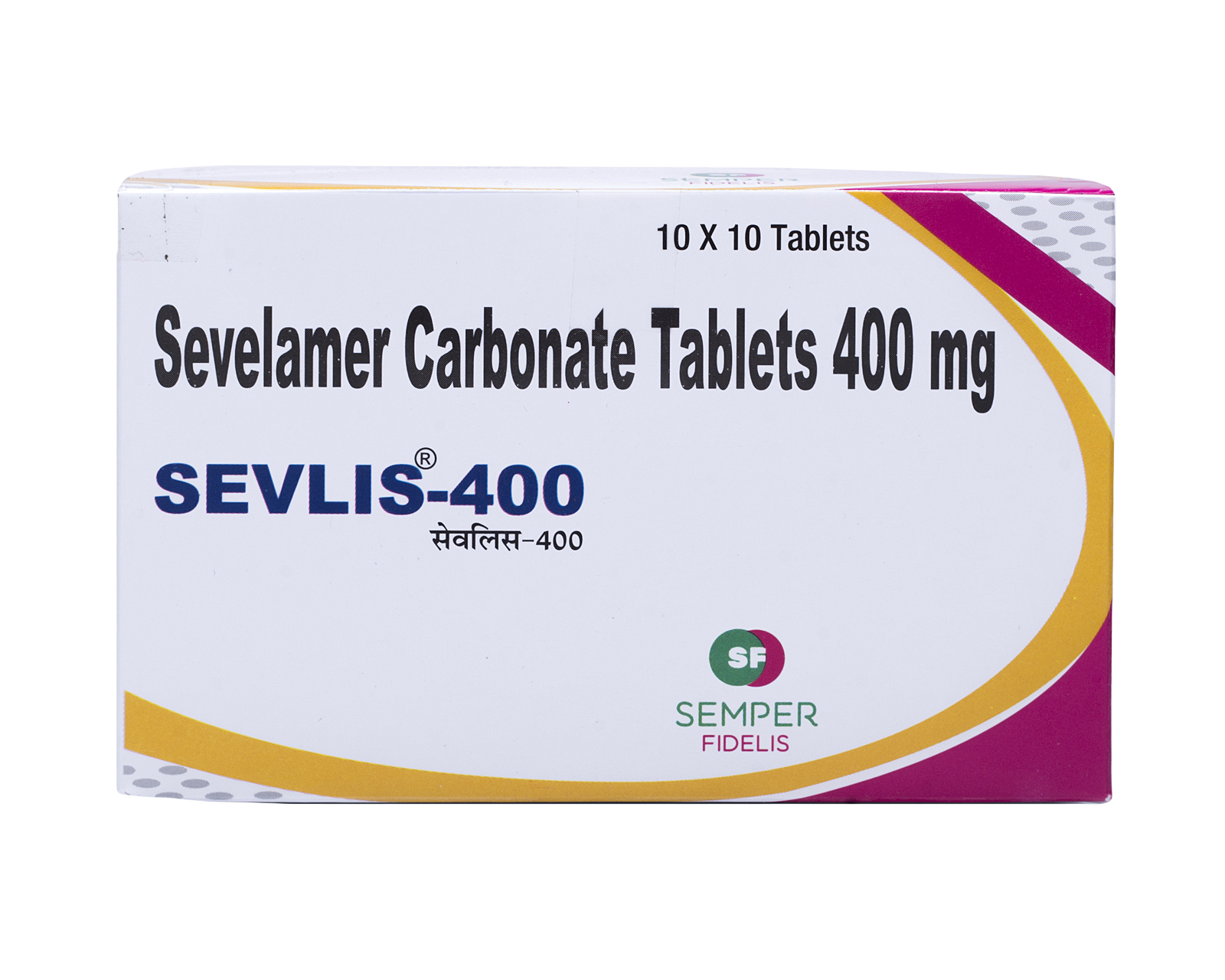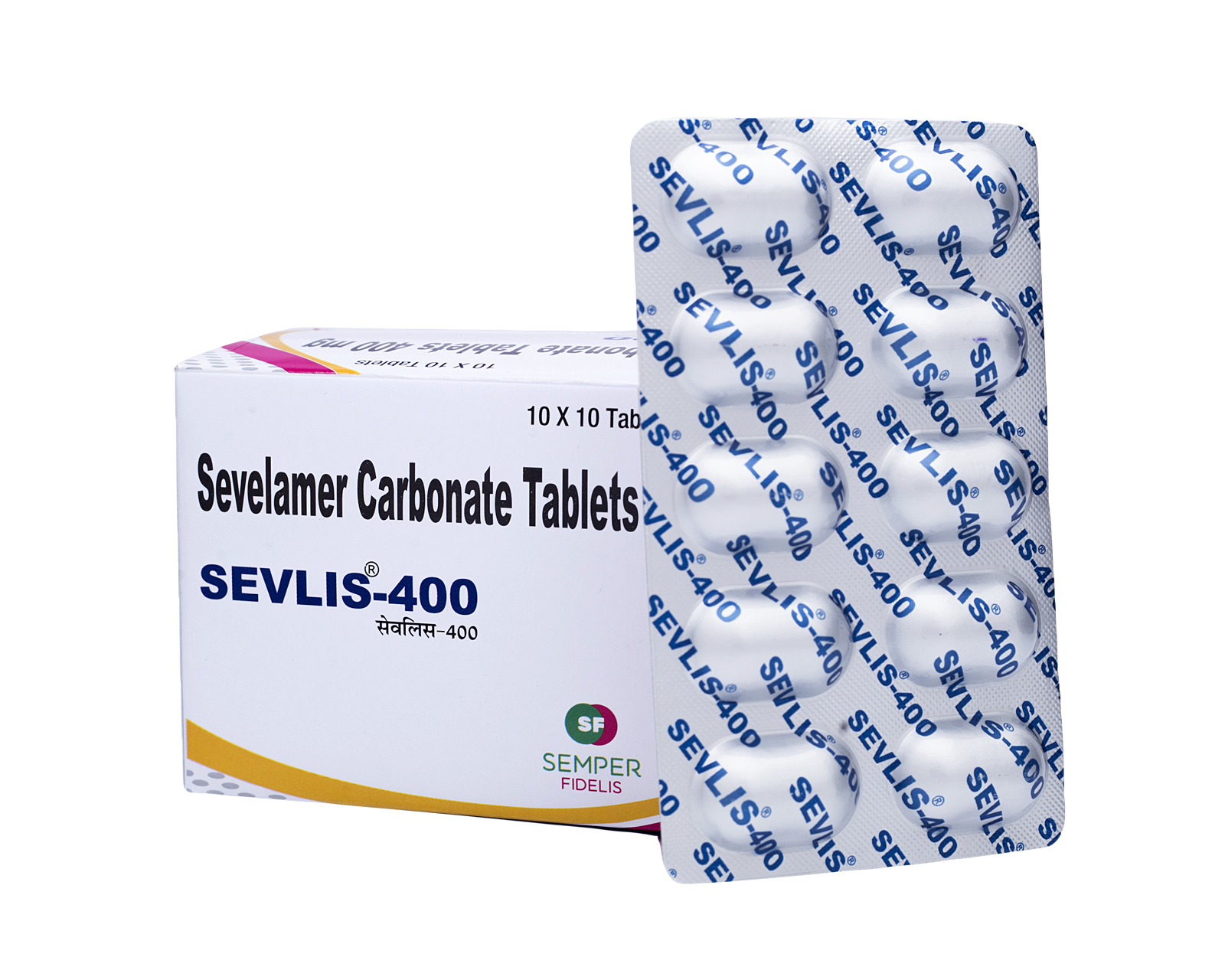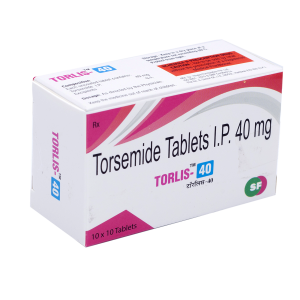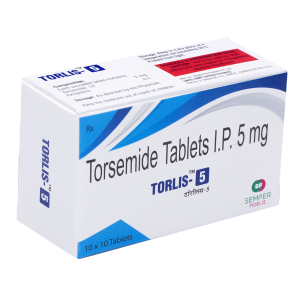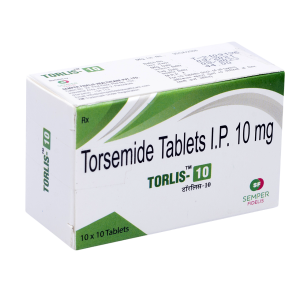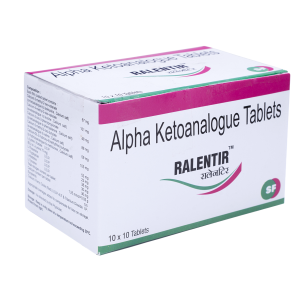Description
Pharmacology
Patients with CKD retain phosphorus and can develop Hyperphosphatemia. When the product of serum calcium and phosphorus concentrations (Ca*P) surpasses 55 mg/dL, there is an increased risk that ectopic calcification will occur. Hyperphosphatemia plays a role in the development of secondary hyperparathyroidism in renal insufficiency.
Management of Hyperphosphatemia includes Diet, Dialysis and use of Phosphate Binders. sevelamer carbonate taken with meals has been shown to control serum phosphorus concentrations in patients with CKD who are on dialysis.
Mechanism of Action
SEVLISR contains sevelamer carbonate, a non-absorbed phosphate binding crosslinked polymer, free of metal and calcium. It contains multiple amines separated by one carbon from the polymer backbone. These amines exist in a protonated form in the intestine and interact with phosphate molecules through ionic and hydrogen bonding. By binding phosphate in the gastrointestinal tract and decreasing absorption, Sevelamer carbonate lowers the phosphate concentration in the serum (serum phosphorus).
Drug Interactions
It may develop drug interaction with the following drugs
1. Ciprofloxacin
2. Digoxin
3. Warfarin
4. Enalapril
5. Metoprolol
6. Iron
Overdosage
Sevelamer hydrochloride, which contains the same active moiety as sevelamer carbonate, has been given to normal healthy volunteers in doses of up to 14 grams per day for eight days with no adverse effects. In CKD patients on dialysis, the maximum dose studied was 14 grams of sevelamer carbonate and 13 grams of sevelamer hydrochloride. There are no reports of over dosage with sevelamer carbonate or sevelamer hydrochloride in patients. Since sevelamer is not absorbed, the risk of systemic toxicity is low.
Contraindications
SEVLISR is contraindicated in patients with bowel obstructions.
Warnings & Precautions
Serious cases of dysphagia, bowel instruction, and perforation have been associated with Sevelamer use some requiring hospitalization and surgery.
Adverse reactions
Sevelamer carbonate may cause constipation, if left untreated it may lead to severe complications. Patients should be cautioned to report new onset or worsening of existing constipation promptly to their physician.
Indication & usage
SEVLISR (Sevelamer Carbonate 400/800 mg) is a phosphate binder indicated in Hyperphosphatemia for the control of serum phosphorus in patients with Chronic Kidney Disease on dialysis.
Dosage & administration
Patient must take SEVLISR three times a day with meals.
SEVLISR dose is concluded depending upon the serum phosphorus levels in the body.
| Serum Phosphorus | SEVLISR 400 mg |
|---|---|
| >4.5 and <5.5 mg / dL | 1 tablet three times daily with meals |
| >5.5 and <7.5 mg / dL | 2 tablets three times daily with meals |
| >7.5 mg / dL | 4 tablets three times daily with meals |
| Serum Phosphorus | SEVLISR 800 mg |
|---|---|
| >5.5 and <7.5 mg / dL | 1 tablets three times daily with meals |
| >7.5 mg / dL | 2 tablets three times daily with meals |
| Calcium Acetate 667 mg (Tablets per meal) | SEVLISR 800 mg (Tablets per meal) |
|---|---|
| >1 tablet | 1 tablet |
| >2 tablet | 2 tablet |
| >3 tablet | 3 tablet |
Presentation:
SEVLISR 400: 10 tablets packed in a blister strip, 10 such strips packed in a carton
SEVLISR 800: 10 tablets packed in a blister strip, 10 such strips packed in a carton


